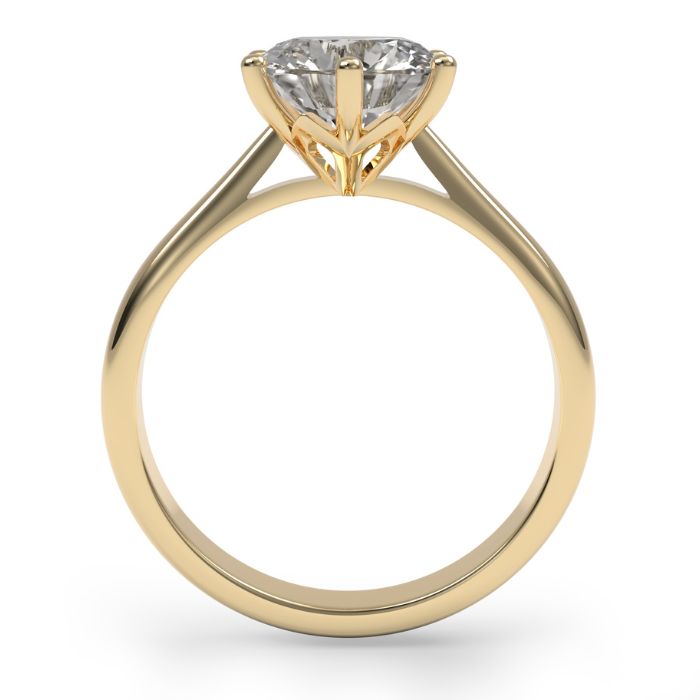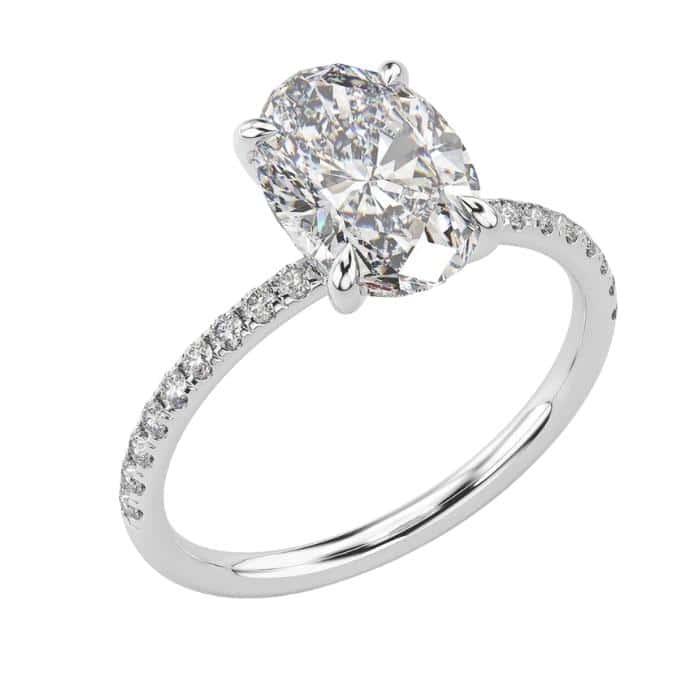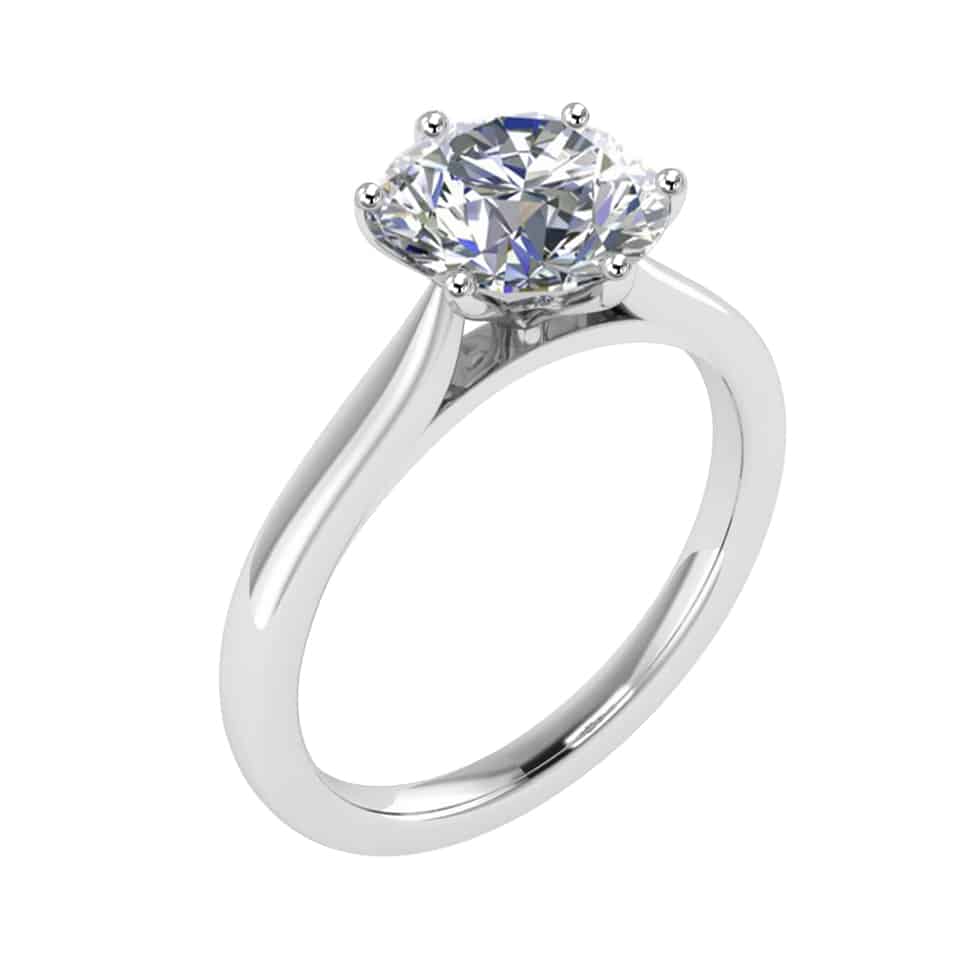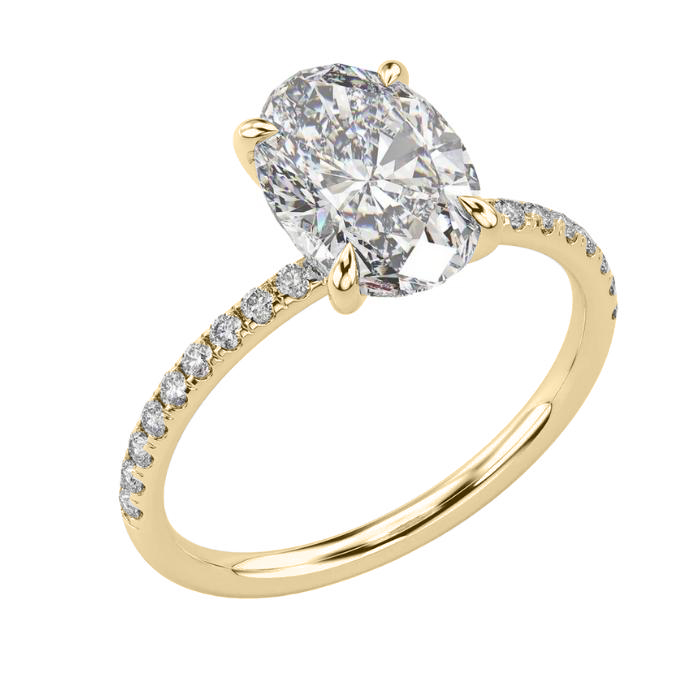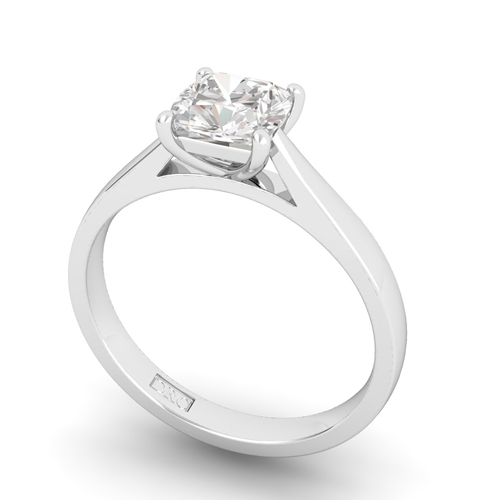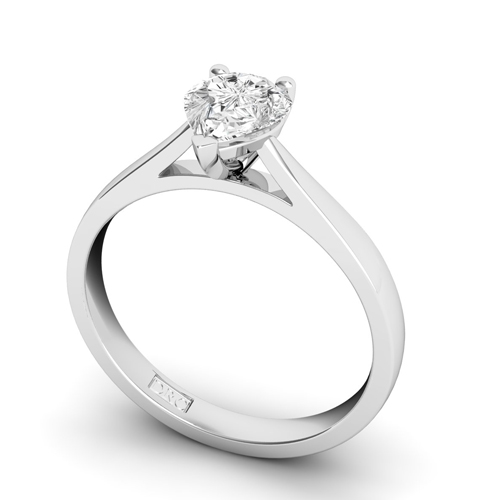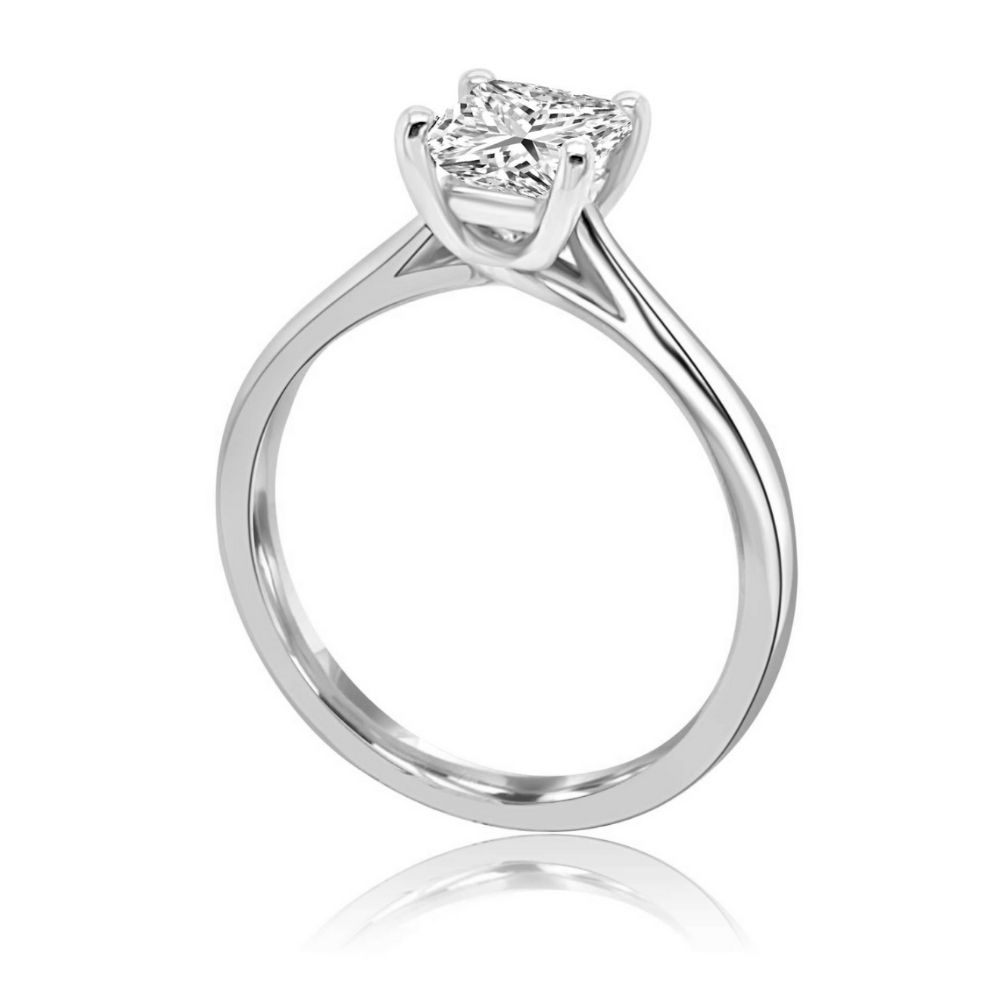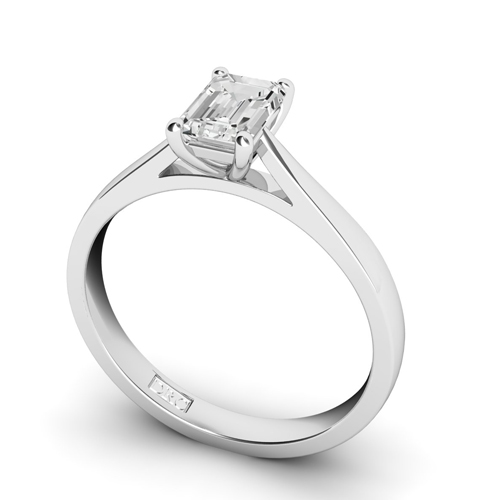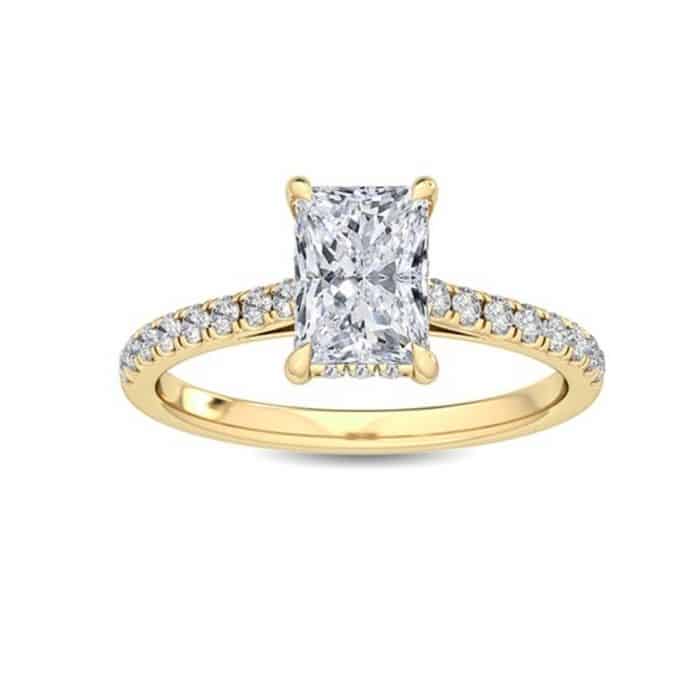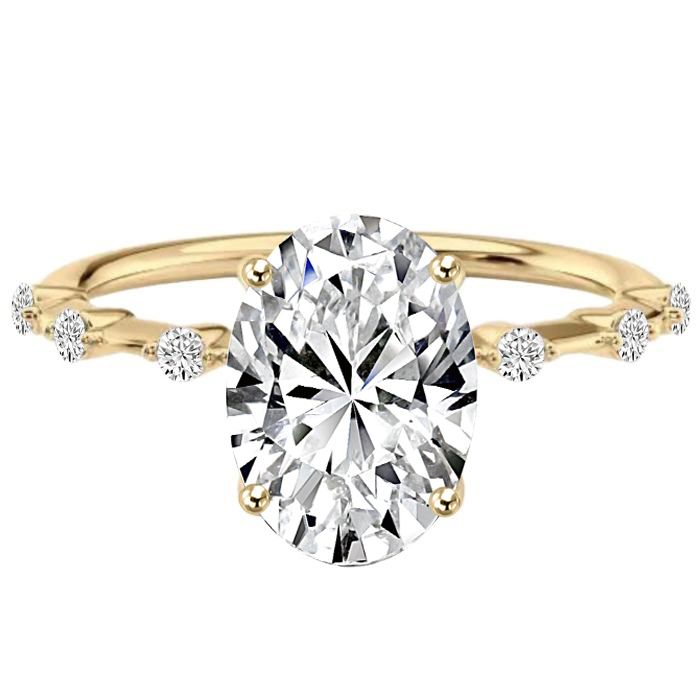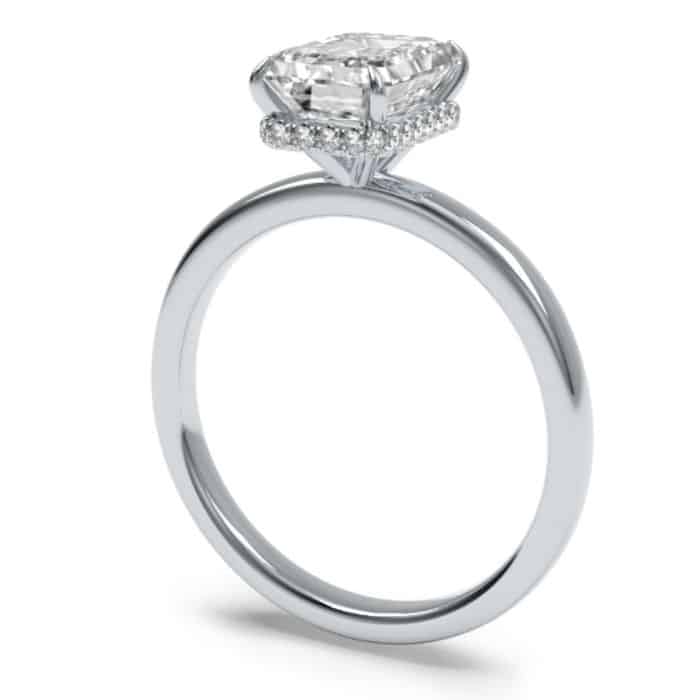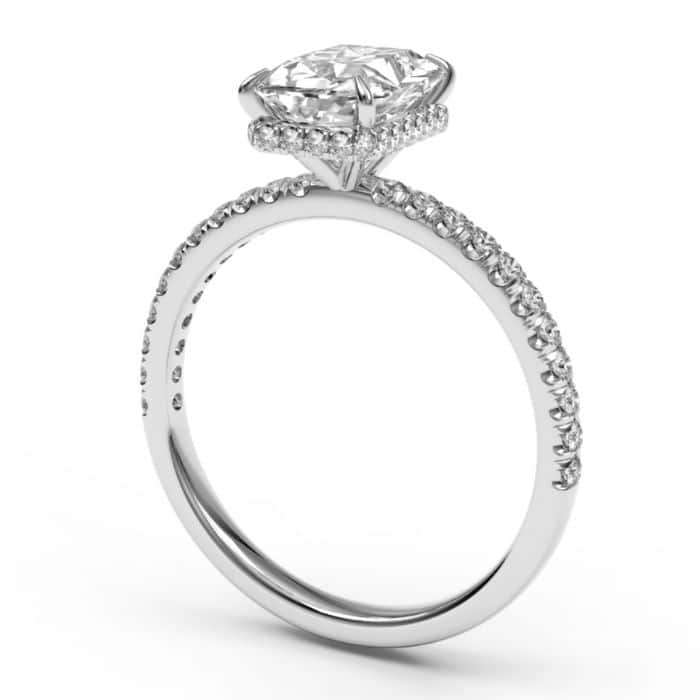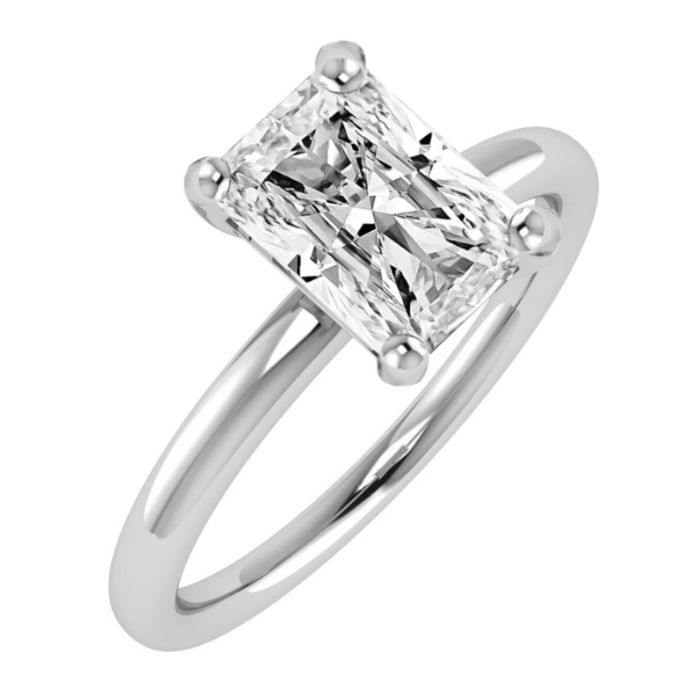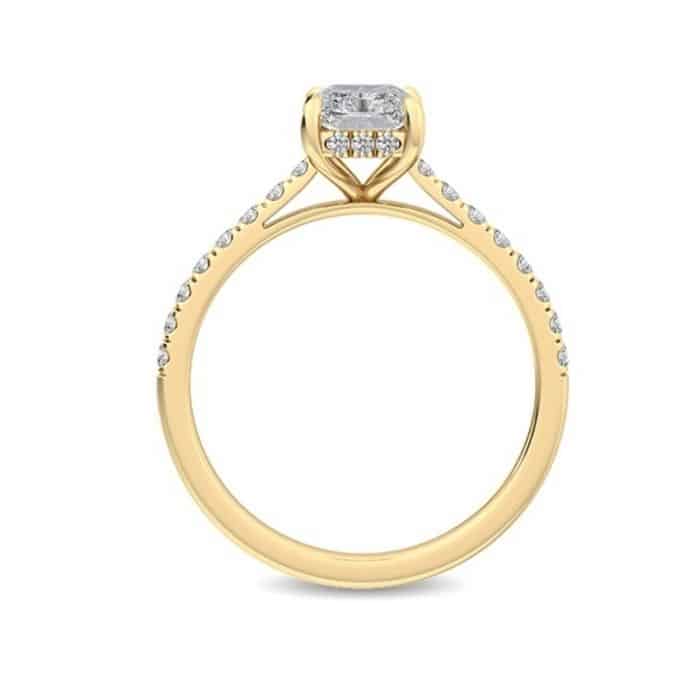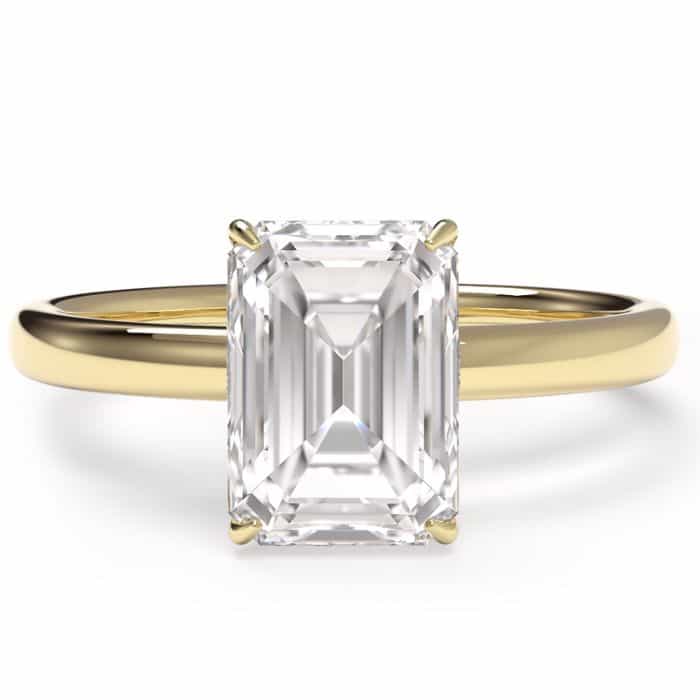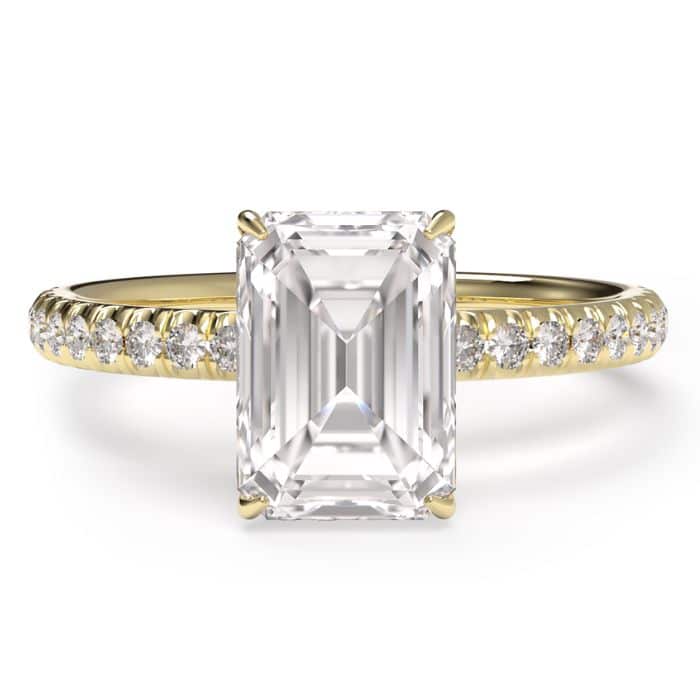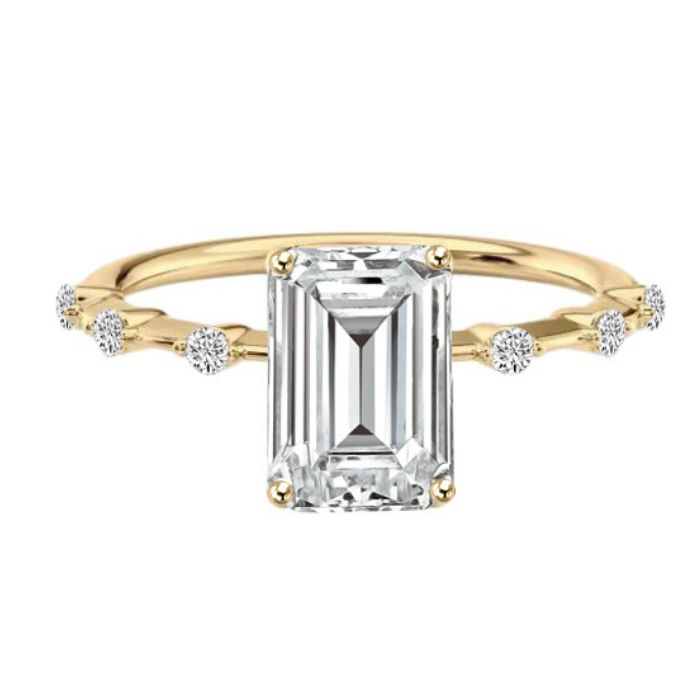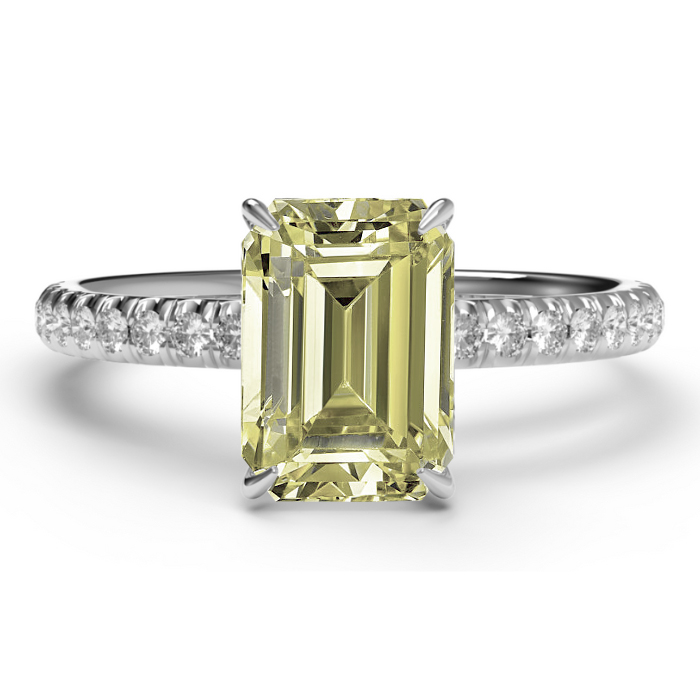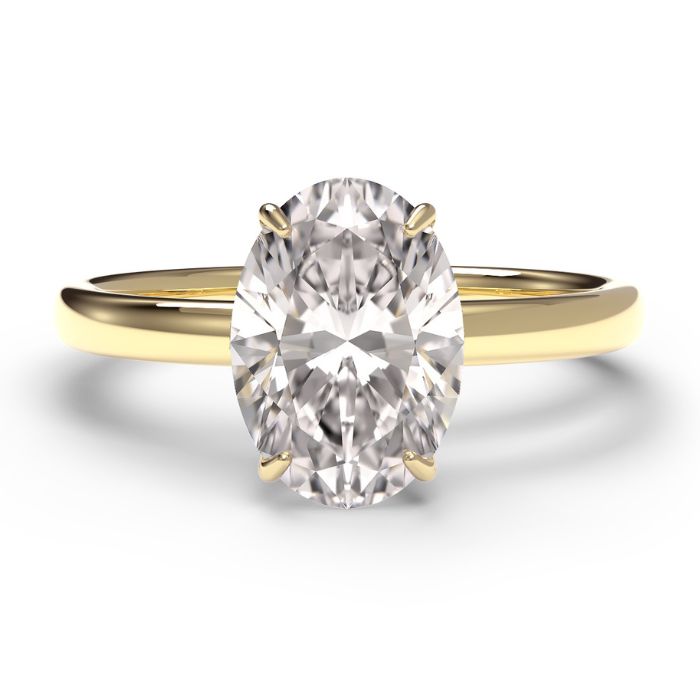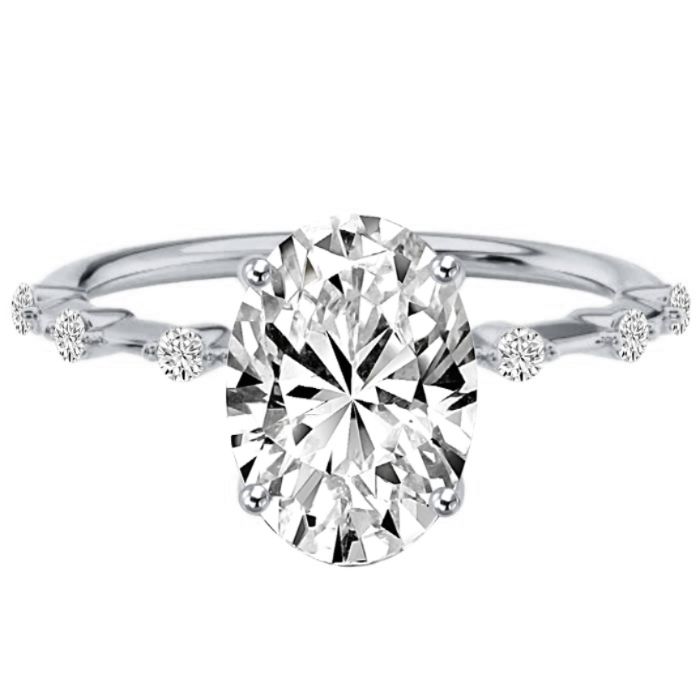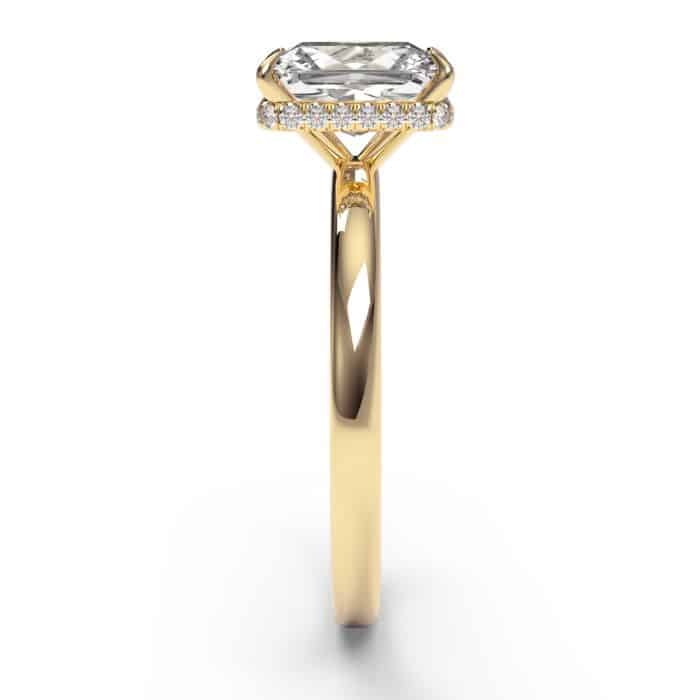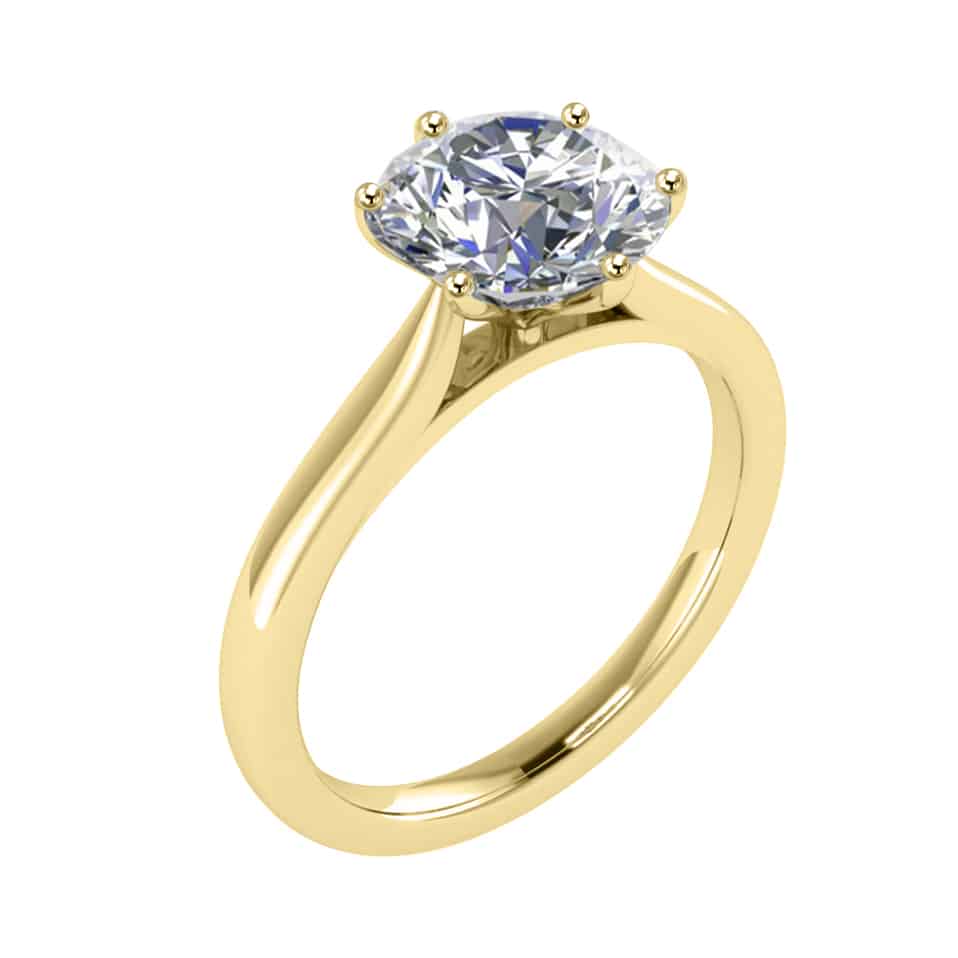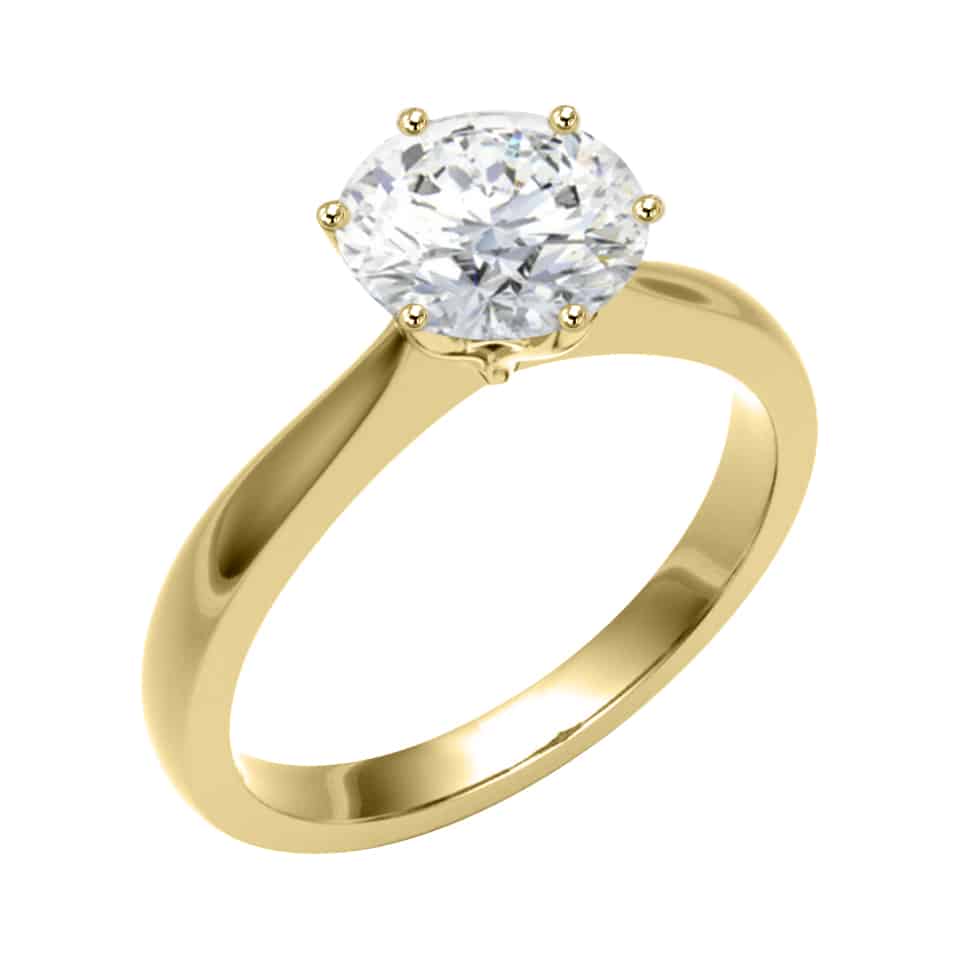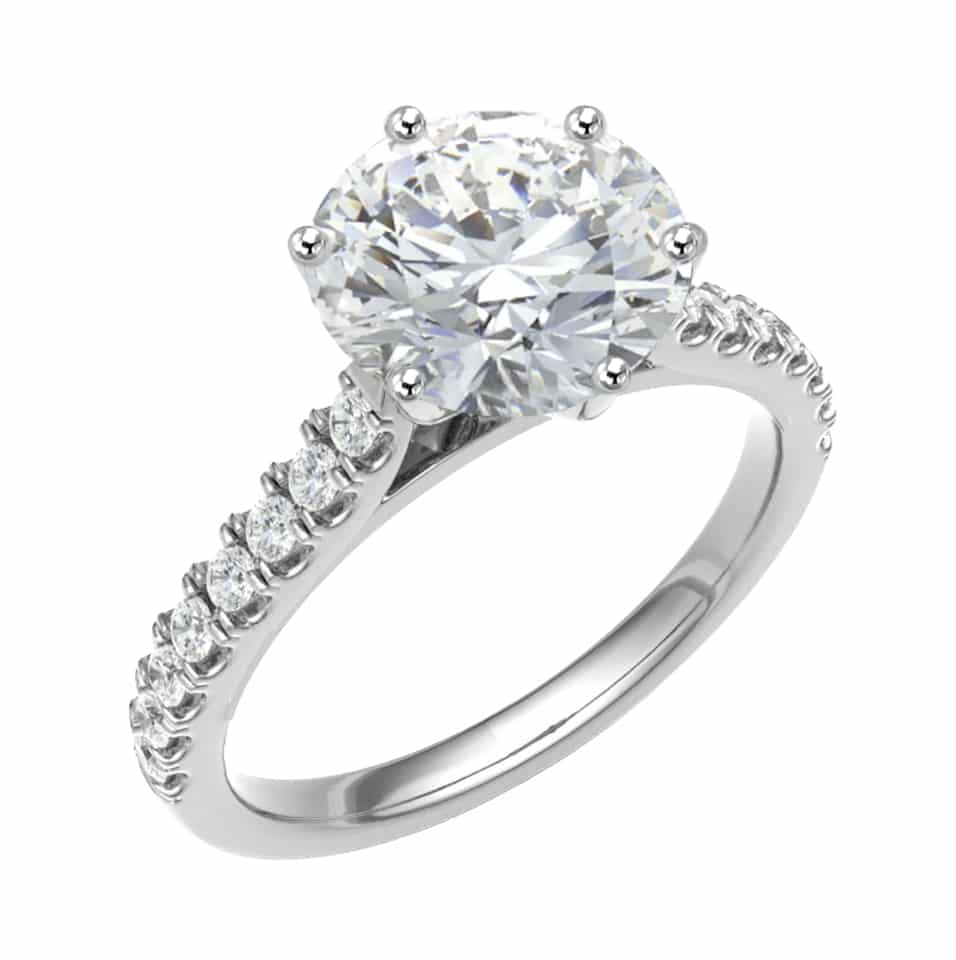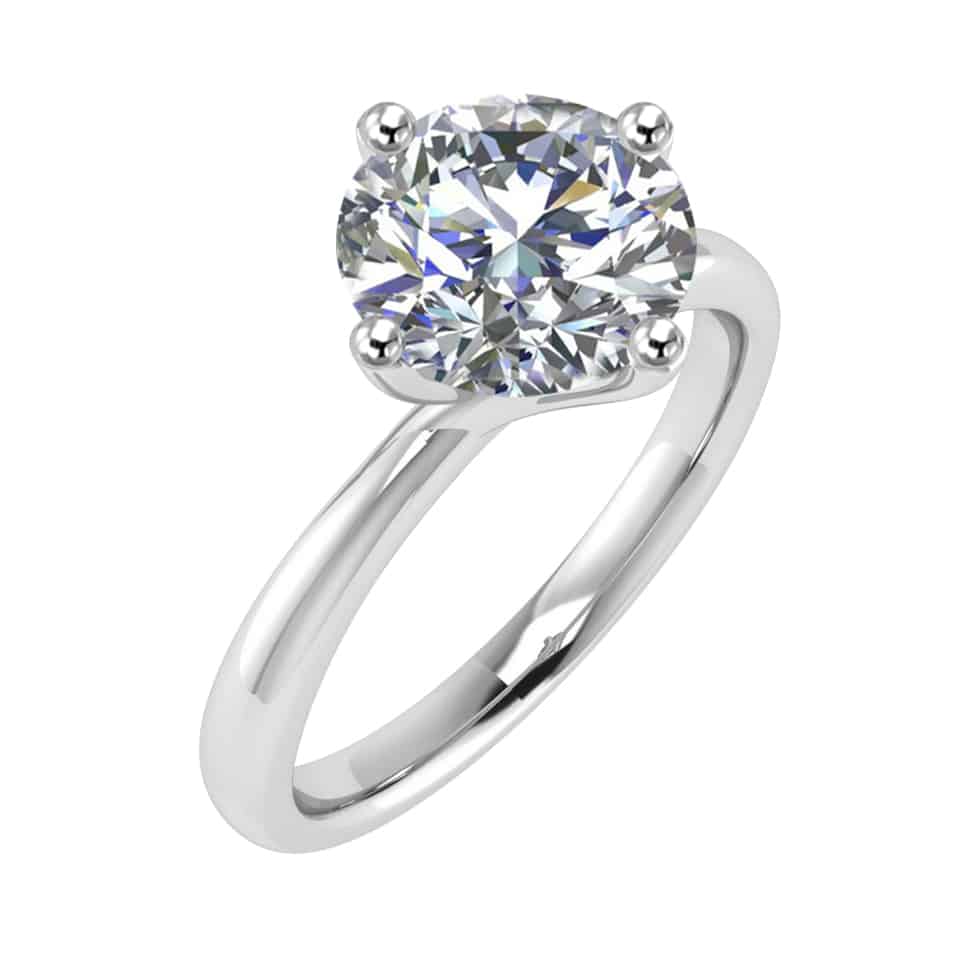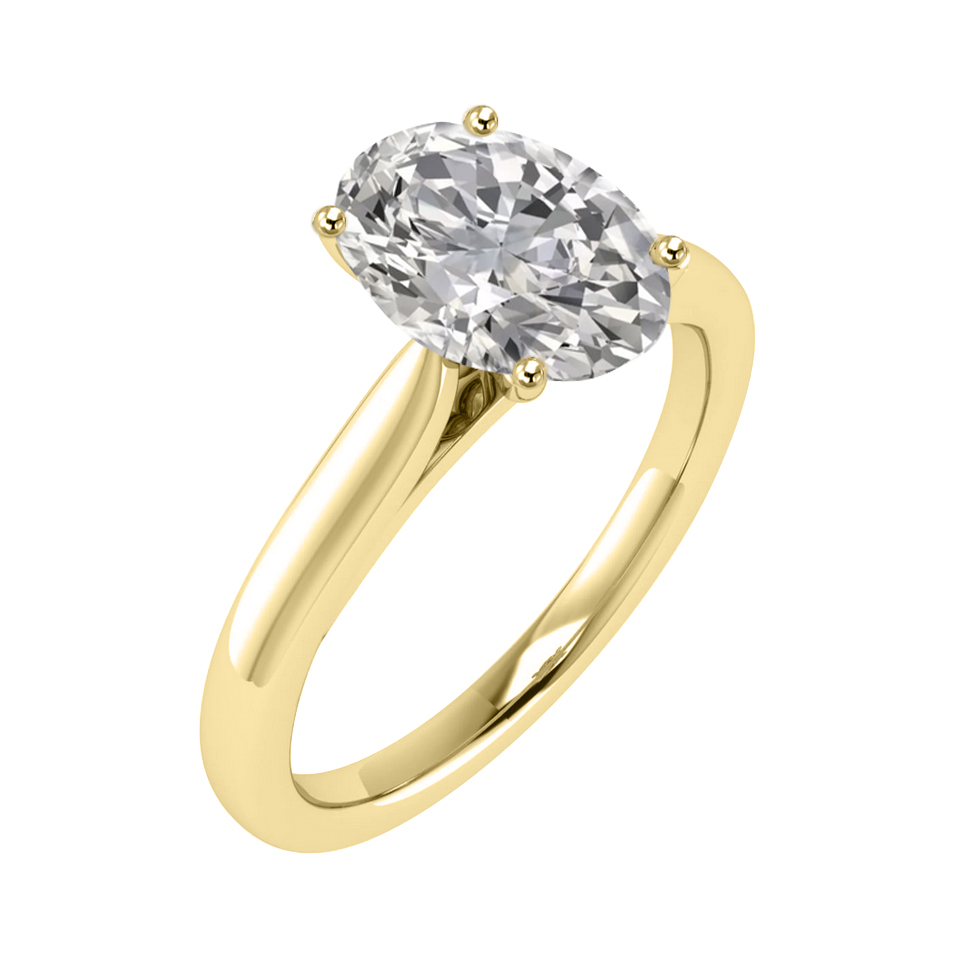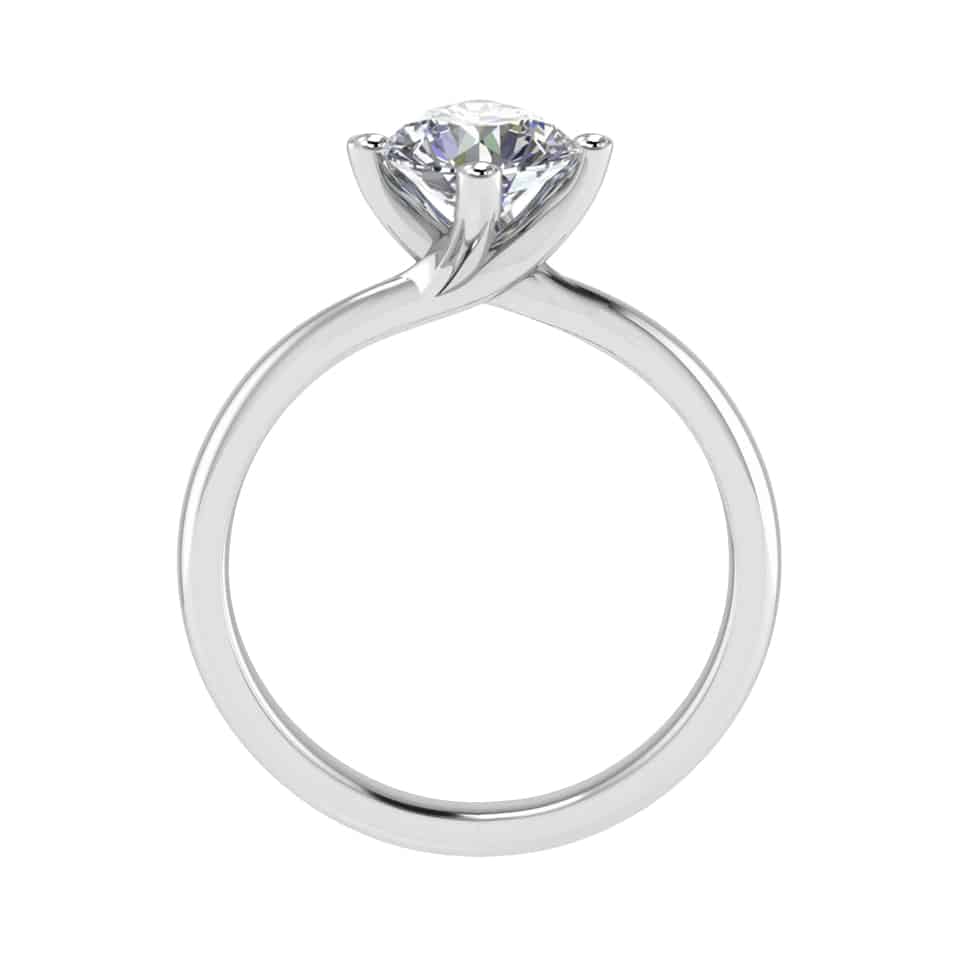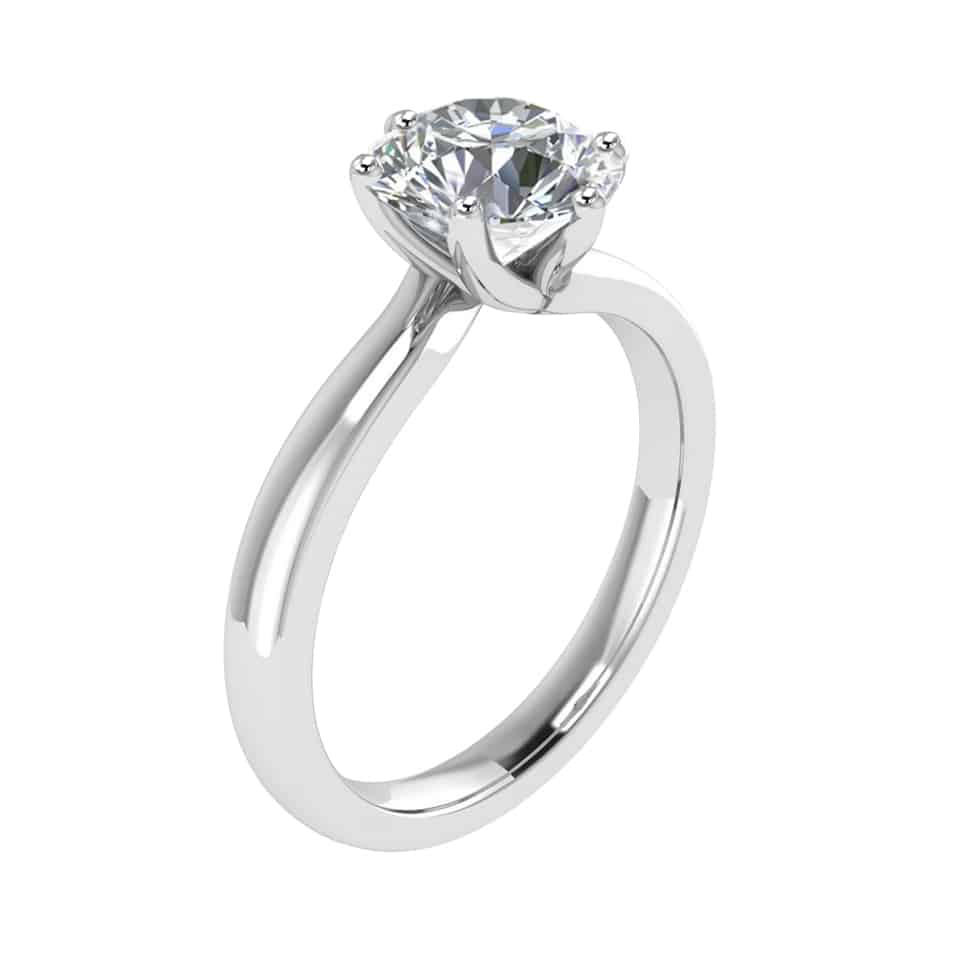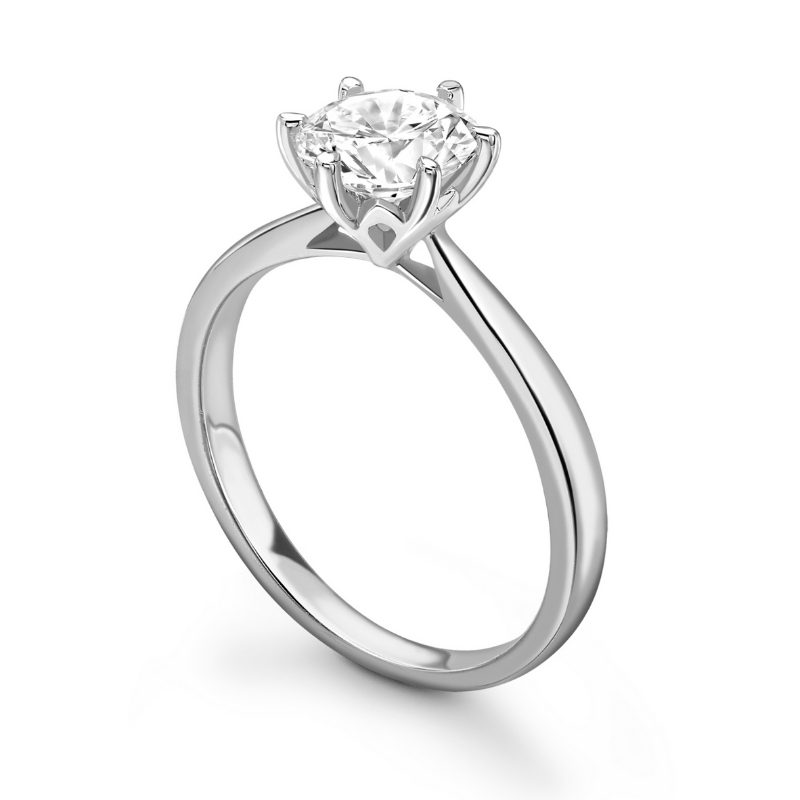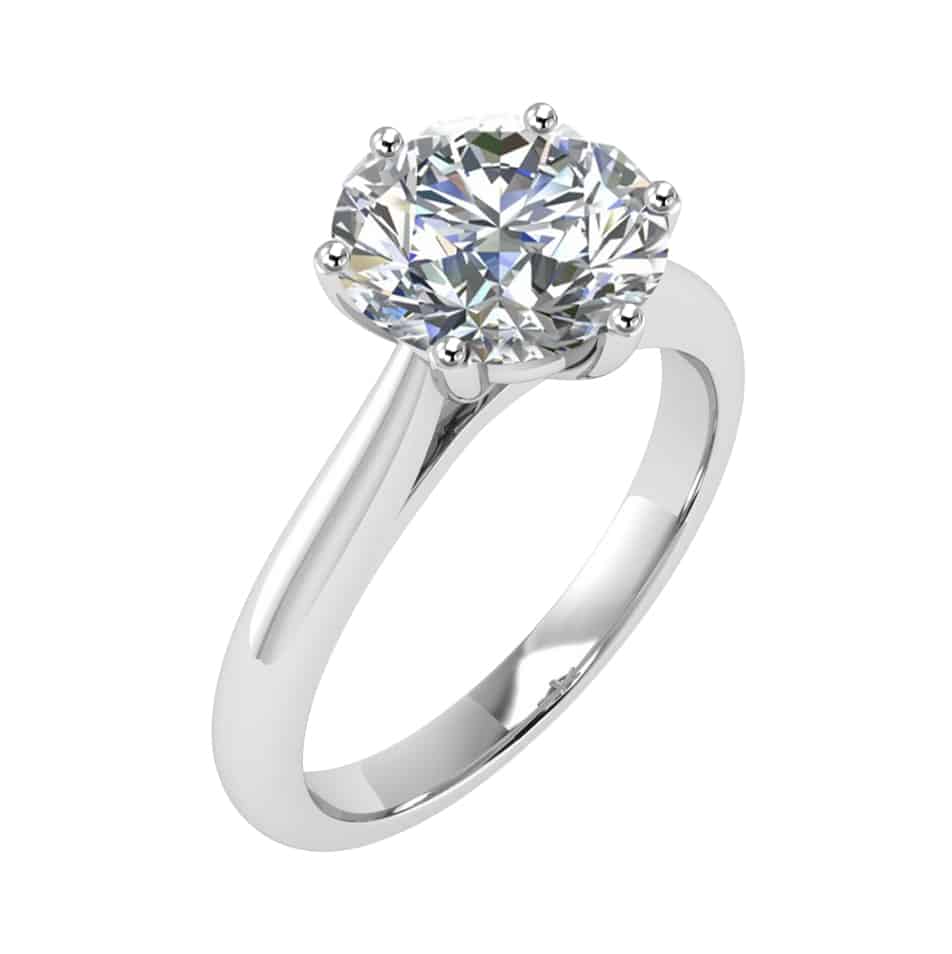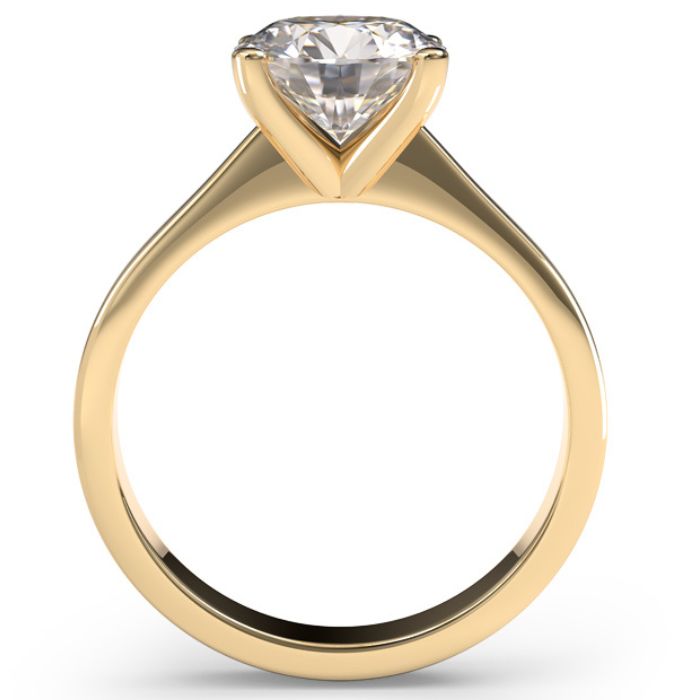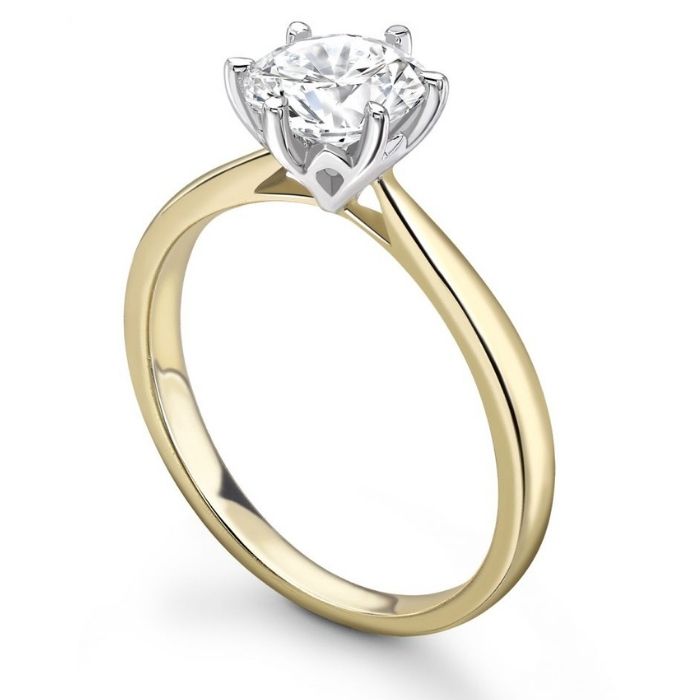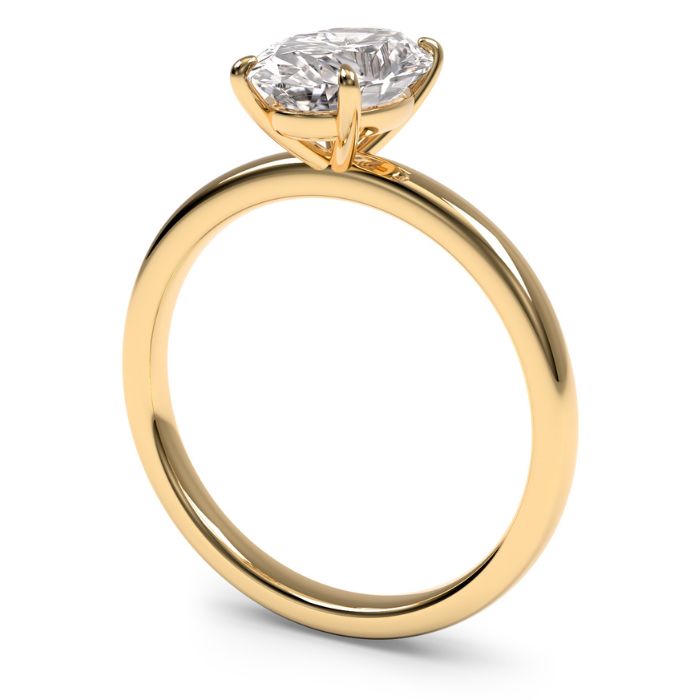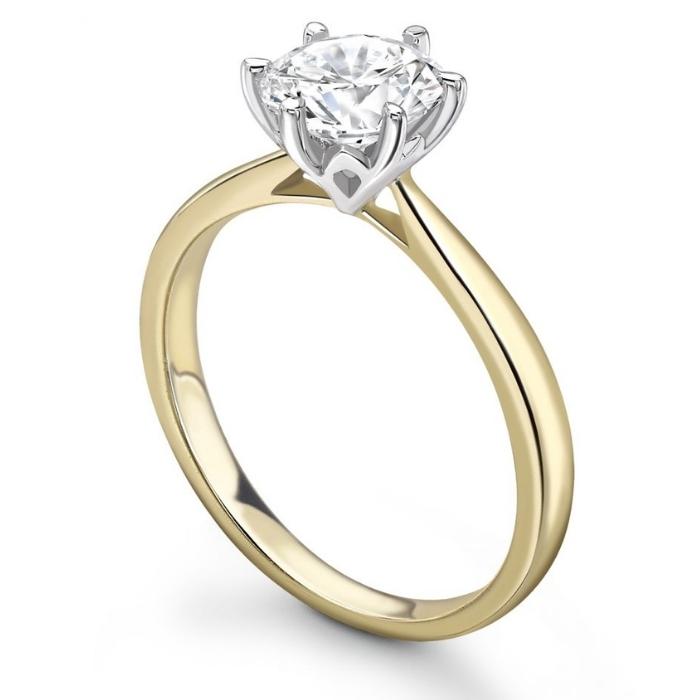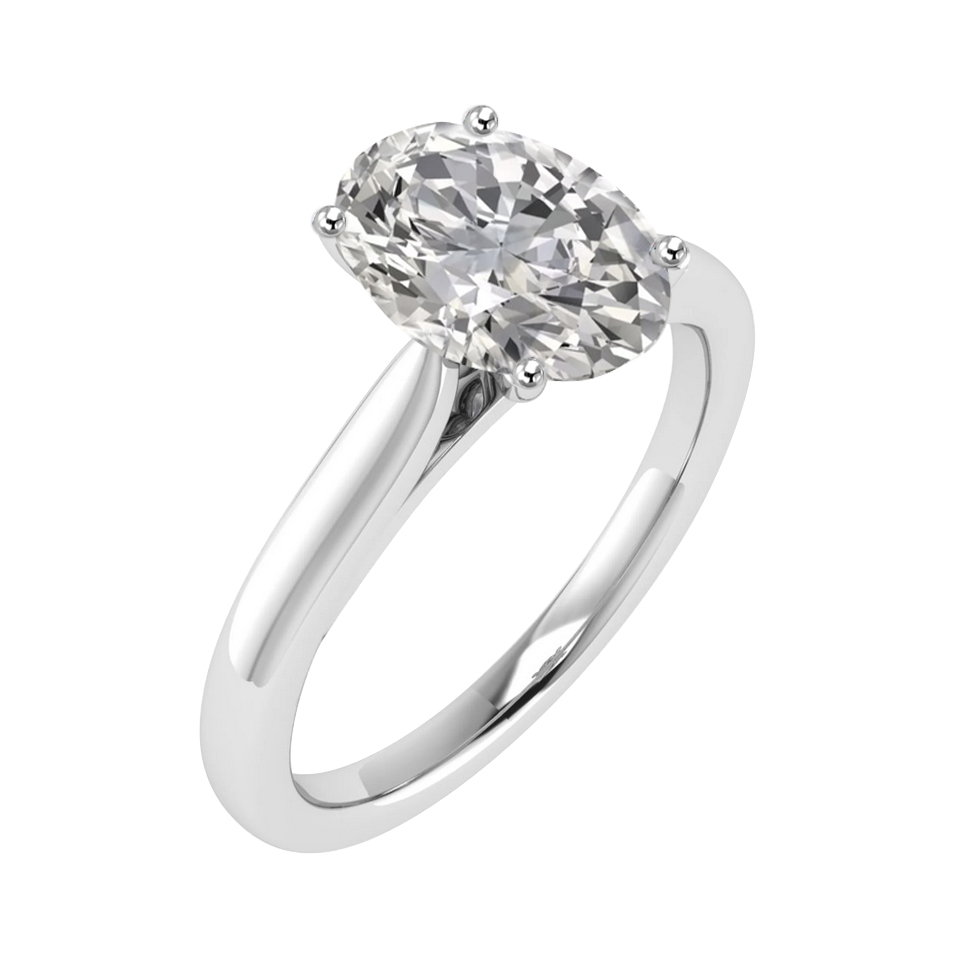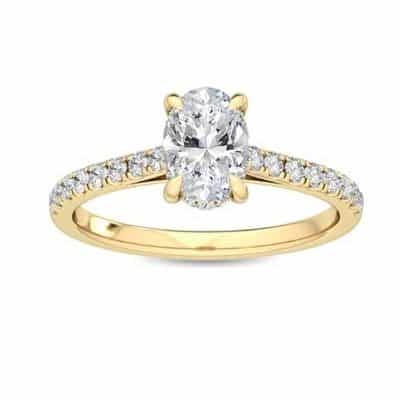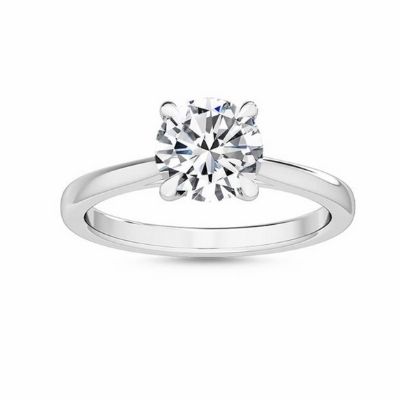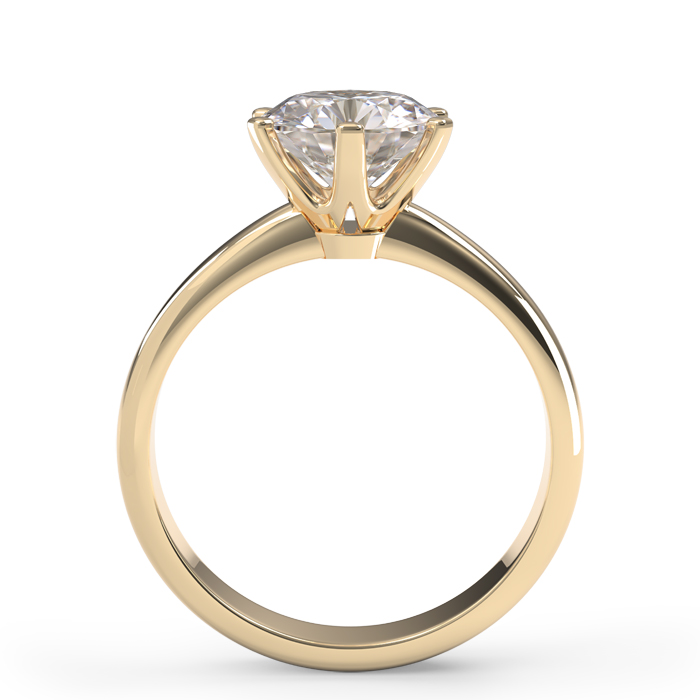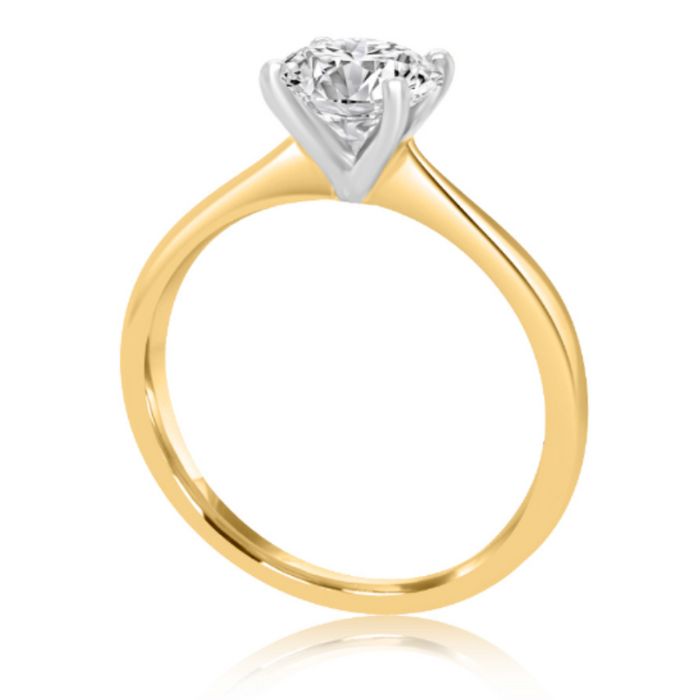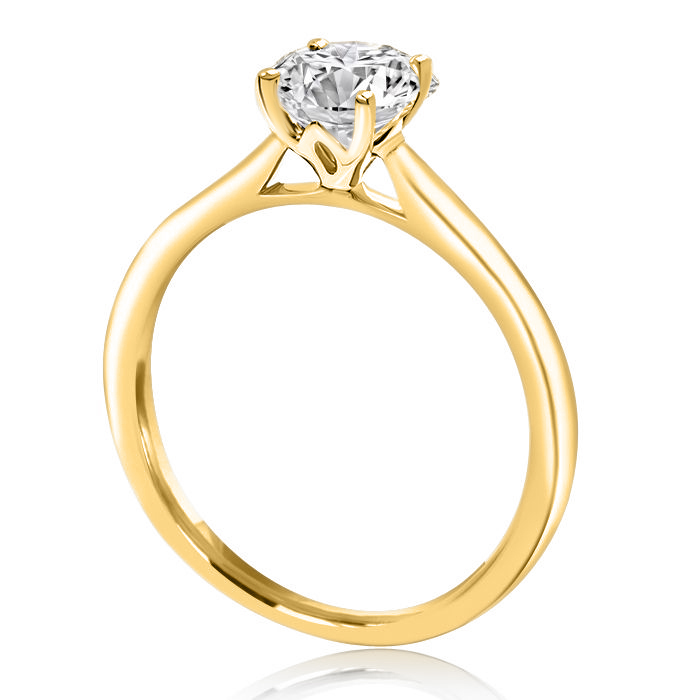Lab-grown Diamond Rings
Hatton Garden
Lab-grown Diamond Rings Hatton Garden
Bespoke Lab Grown Diamond Engagement Rings
Radiant Cut Lab Grown Diamond Engagement Rings
Emerald Cut Lab Grown Diamond Engagement Rings
Oval Cut Lab Grown Diamond Engagement Rings
Special Offer Lab Grown Diamond Rings
1ct Lab Grown Diamond Ring Offers
What is a Laboratory Grown diamond?
A lab grown diamond is a real diamond that is created in a slightly different way than the natural/mined method.
Lab diamonds (sometimes misnamed as synthetic diamonds or fake diamonds) is a real diamond formed in a laboratory instead of naturally occurring ways which has formed underground. Laboratory-grown diamonds are quicker to manufacture than natural diamonds, but they have the same visual characteristics and the same chemical structure.
Our stock incorporating 10,000+ loose diamonds are all independently certificated by the World’s most renowned and stringent grading institutes including GIA - Gemological Institute of America Laboratory grown diamonds and IGI - International Gemological Institute lab grown diamonds. Our diamond stock is constantly updated to ensure the prices we offer are the best value in the market place.
We understand the frustration of buying something and then discovering it’s ‘hidden costs’. Therefore we offer a transparent pricing policy on all diamond rings, wedding rings, earrings and pendants. What you see is what you pay. We also offer free UK delivery on any item so no extra costs will be added when you suddenly hit the checkout!
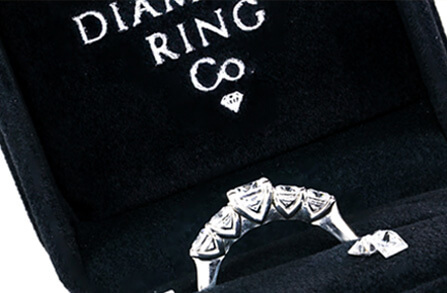
What is the difference between lab grown and natural diamonds from Hatton Garden?
Lab grown diamonds are manufactured in laboratories using the HPHT method or the CVD method. Although they are made under lab conditions, they share indistinguishable chemical and physical properties from natural diamonds. As they are sourced through ethical means, eco-friendly and less expensive than natural diamonds, they have become highly popular.
Natural diamonds are the kind of diamonds that many people are more familiar with. They have formed in underground mines under extremely hot and pressurised conditions over billions of years. They are then mined from deep within the earth. Their formation process and the rarity of these diamonds give them excellent clarity and sparkle. However, this also makes them more expensive to buy than their lab grown counterparts.
What is the difference between CVD lab grown diamonds and HPHT lab grown diamonds?
For the CVD creation process, a tiny slice of diamond is put into a chamber and exposed to carbon-rich gas at extremely high temperatures. Over the course of a few weeks, the carbon gas ionises, the particles attach to the original slice of diamond, and eventually crystalise into a new fully formed stone.
During the HPHT process, pure carbon is packed into a metal cube then exposed to extreme pressure and heat via electric pulses. Ultimately, the carbon starts to break down and begins to cystalise into a sparkling diamond. Some experts feel that HPHT diamonds are less high quality than CVD versions because the metal used can enter the final stone. However, any traces of metal in a diamond formed via HPHT will be tiny and rarely even visible to the human eye.
Scientists have perfected both techniques to produce exquisite human-made diamonds that are practically indistinguishable from naturally mined stones found in nature.
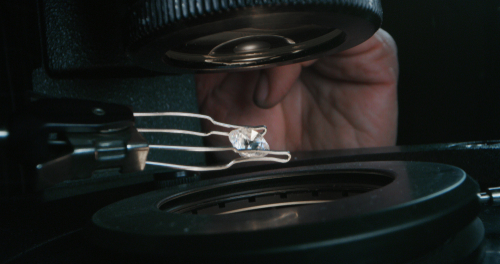
Do lab-grown diamonds sparkle like natural diamonds?
As lab grown diamonds and natural diamonds possess the same organic characteristics, lab grown ones can sparkle just like natural diamonds. Specific treatments, including heat and irradiation, can be applied to lab grown diamonds after their formation to improve their colour and make them identical to natural diamonds, so it is virtually impossible to distinguish between the two.
Although they have different formation methods, with natural diamonds taking billions of years to be produced while lab grown diamonds can be made extremely quickly, they have the same chemical structure and physical properties. Natural diamonds are a lot scarcer than lab grown ones but they are essentially identical in many ways.
What are the advantages of choosing lab grown diamond instead of a mined/natural diamond?
Some of the advantages of opting for a lab grown diamond are listed below.
- Diamonds created in a laboratory are more freely available and easier to source
- Wider range of high coloured and high clarity diamonds at an affordable price point
- Lab grown diamonds are significantly less expensive than increasingly rare natural stones. You can expect to pay around a third of the price for a lab grown diamond than a comparable natural one, yet you will probably be unable to tell the two stones apart.
- They are the same as mined/natural diamonds:
By using a number of expert techniques, including irradiation and heat, the diamonds can be crafted to be exactly the same as natural versions in terms of sparkle, cut and clarity and are then taken to the same grading institutions before being distributed to the market. - They are valued and insured in the same way as mined/natural diamonds
Do lab grown diamonds hold their value?
The short answer to this question is we do not know right now. The market is still relatively unstable due to fluctuating prices. However, there is a significant factor to consider when purchasing any diamond. Many assume that diamonds act as a luxury investment e.g. you buy a diamond, it goes up in value after some years, and you have the ability to sell it and make some money if that is your plan. However, that is not entirely true. There are a number of factors that prevent diamonds from being an investment item. Diamonds mostly retain value alongside inflation, they don't necessarily increase in value. The latter is only true for diamonds that remain on trend or popular. If you try to sell your diamond to a jeweller, they will undercut you in order to sell your diamond at a profit.
With all of the above being said, the vast majority or people do not shop for a diamond with the intention of selling it at a later stage. Most buy with the intention of gifting their loved one (fiancè to be) with the perfect engagement ring that will last a lifetime. That is why a lab grown diamond is a great way to widen the net if you are after a very high colour and clarity within an affordable budget. The real value is on the sentiment, not how much money you can sell the diamond for in the future, or much you paid for it.
How much do lab grown diamonds cost compared to natural diamonds?
Lab grown diamonds cost around one third less than natural diamonds, although the price can vary. Lab grown diamonds in Hatton Gardens can be incredibly reasonable in price.
For an affordable diamond jeweller you can trust in Hatton Garden, London, visit The Diamond Ring Company.
